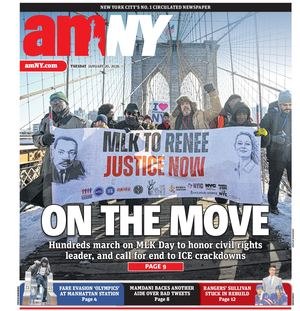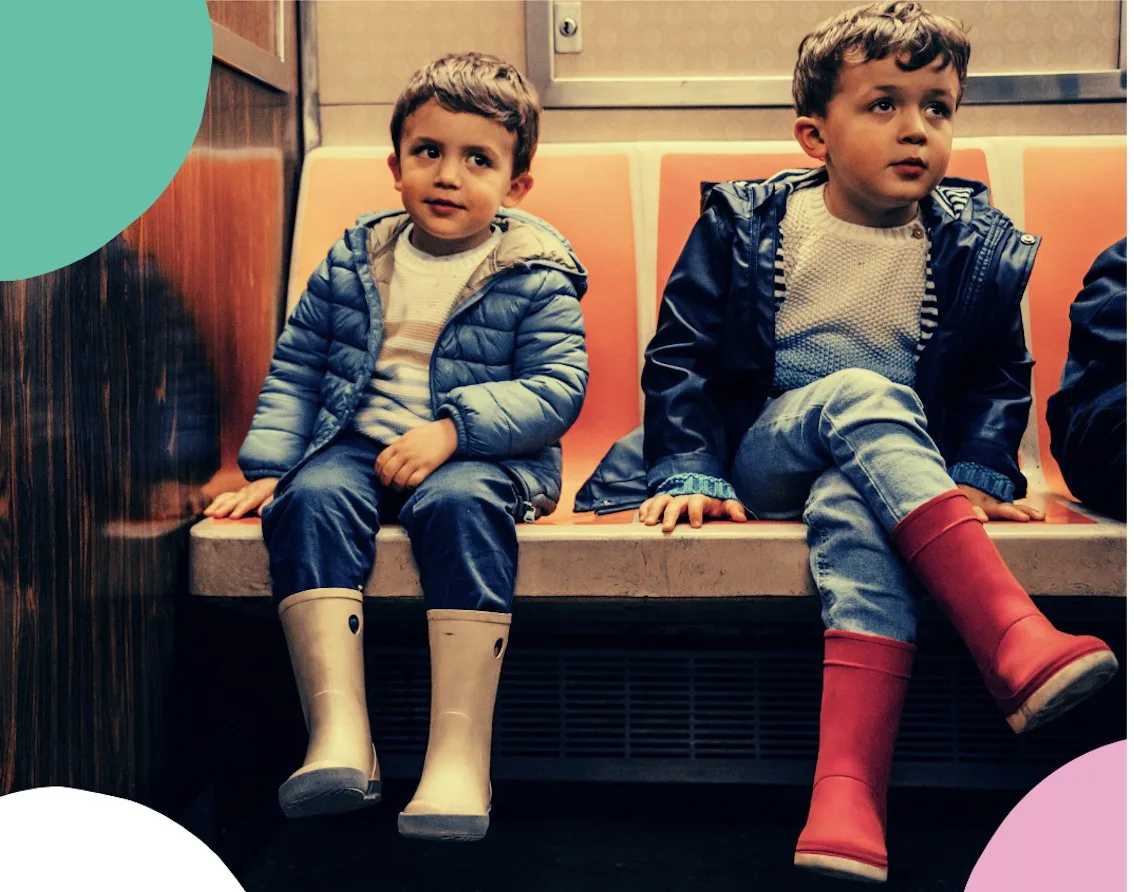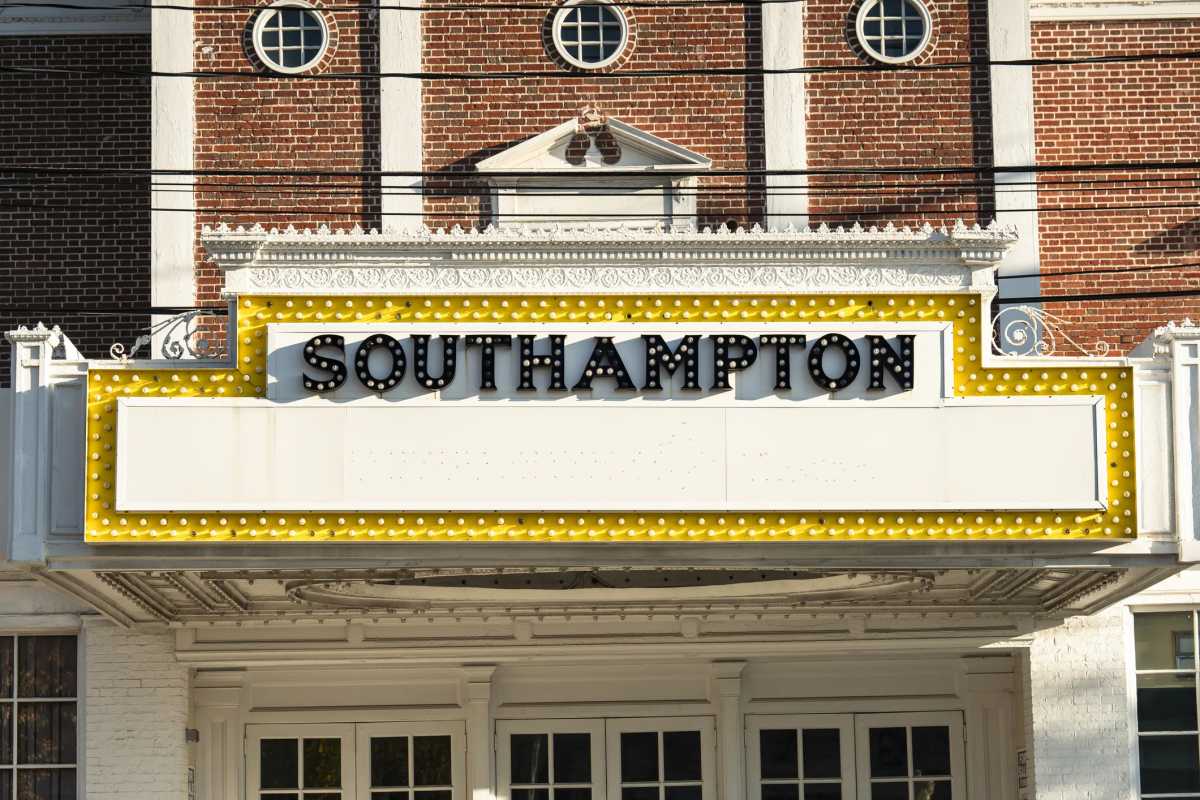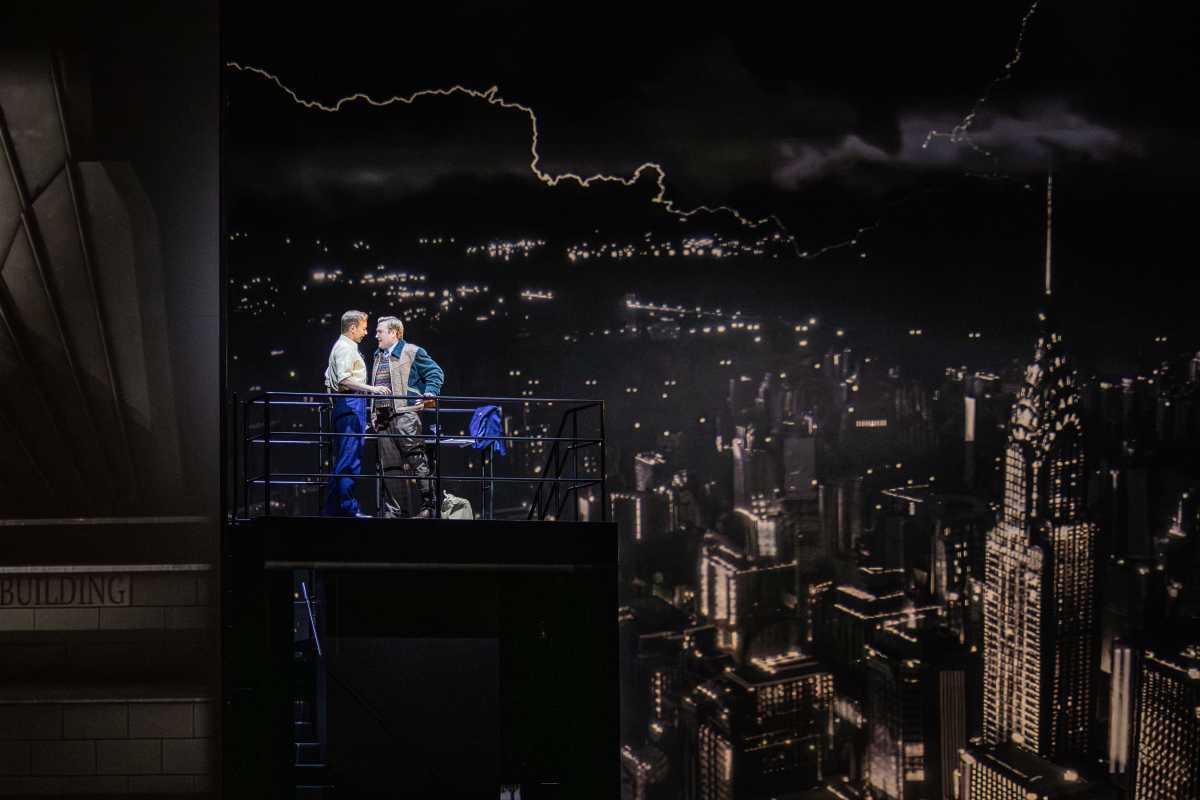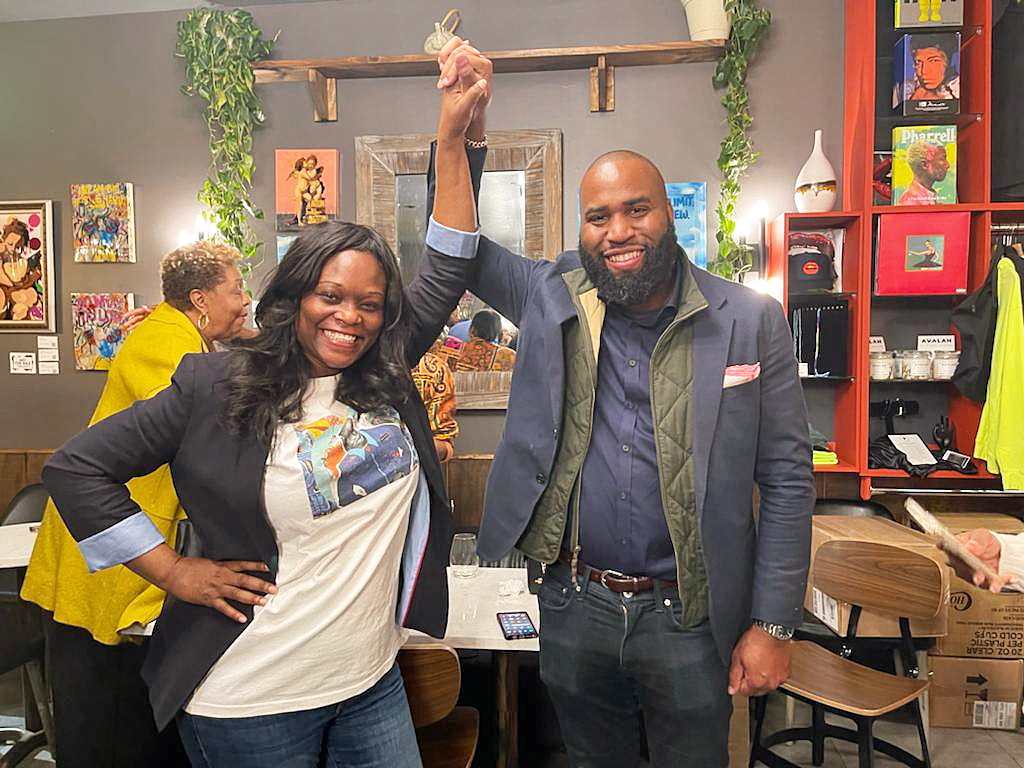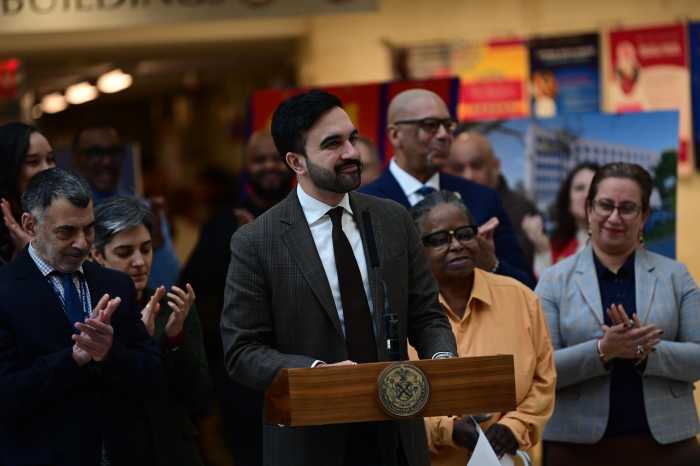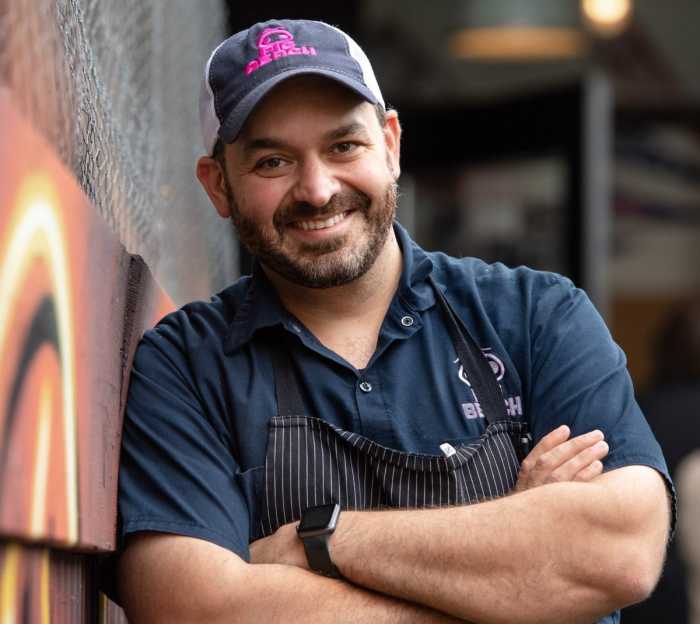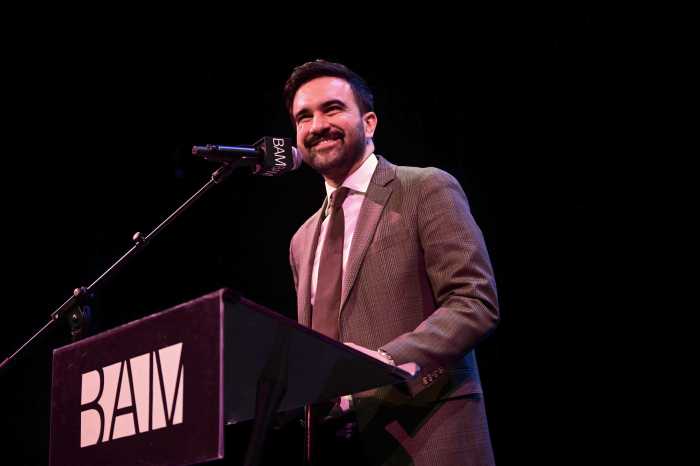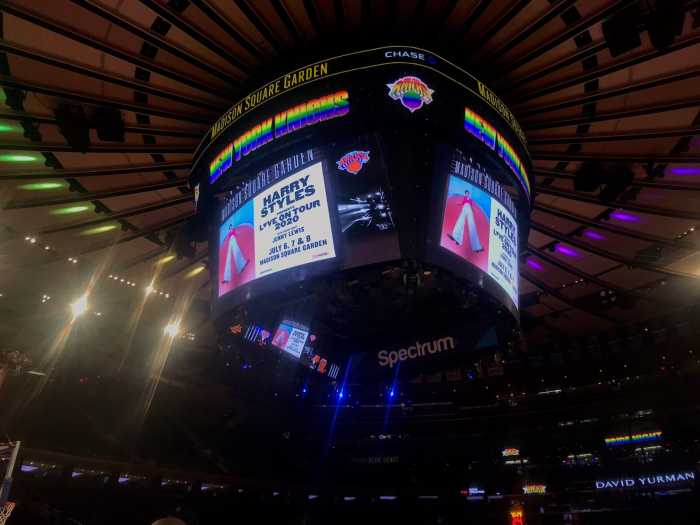It’s no secret a TV show can influence its viewers: “Gilmore Girls” inspired early 2000s high schoolers to chase Rory Gilmore-fronted career paths; “Friends” upped the desire for unobtainable coffee breaks in the middle of the workday.
Still, it’s argued none have had as monumental of an impact as that of “Sex and the City.”
The Carrie Bradshaw lifestyle portrayed in the series that ran for six years altered opinions on sexuality, ignited a cupcake empire, idolized the blogger lifestyle, sparked a film series, and, above all, sent countless fans relocating to Manhattan — author Jennifer Keishin Armstrong included.
“No one’s going and living their life differently because of ‘The Sopranos’ — one hopes,” says Armstrong, 43, the writer behind “Sex and the City and Us.”
Known for her nonfiction takes on popular sitcoms (“Seinfeldia” about “Seinfeld” and “Mary Lou and Rhoda and Ted” about “The Mary Tyler Moore Show”), she chose to dissect the history of her favorite series, “SATC,” 20 years after its release.
In “Sex and the City and Us,” now available for purchase, Armstrong unravels the stories, creative processes and more behind what it took to create a series so influential, it’s still popping up in the news cycle two decades later.
More than two dozen writers, actresses, actors and more who worked on the series make up her source list to piece together a novel about the series’ casting decisions, what it was like to wrap that first season and the real on-set dynamic.
Why do you think New Yorkers still idolize the series?
It’s one of the first shows that really prioritized and put center stage that they were filming in New York City. There were shows before that, like “Seinfeld” and “Friends,” set in NYC but filmed in Los Angeles. So, we’d gotten used to that big New York via Los Angeles on the television. The show really made an effort to film in the city and you can really tell the difference . . . it’s not just the kind of imagined version of New York City where people drive in cars and sit at giant coffee houses with endlessly vacant sofas. It felt like real New York because it was.
After spending a year reporting on your favorite television series, what stood out to you as the most shocking thing you’ve learned?
One of my favorite things is the level at which the writers were really telling their own stories. It was a rule that it had to have happened to somebody. It was like group therapy almost, that they would go over and over their personal lives to kind of mind those dating stories. So, I think that’s the real reason it feels so personal to us, and it feels like a conversation with girlfriends because it kind of was. It was a conversation between the audience and the writers with the actresses and characters doing the work for us. And I think that’s why people connected to it so strongly.
You’ve called the series a “threat to the patriarchy.” Do you think there is a void in the industry right now given the lack of a “Sex and the City”-style series?
I actually don’t. I mean, I’m sure we can be doing better. We can always be doing better, but I think we’re doing better than we were at that time. They had an all-female writing staff. They went out of their way to get female directors. But there’s, there’s quite a few people out there doing that now. Thank goodness.
I’m not saying it didn’t also do some stuff wrong, but like it took a lot of crap simply because it took the weight of all single women shows. It was like supposed to do everything for everyone. Now we’ve got “Broad City,” “Insecure,” all of the Shonda Rhimes shows. There are people out there who are able to move this forward now because of what “Sex and the City” did.
In your opinion, what did “Sex and the City” get wrong?
It took rightful heat for [racial representation] then, it continues to. It’s never going to get any better since we’re not doing any more “Sex and the City.” But, the way we talk about stuff has evolved. A lot of shows from that time, “Friends” among them, we look back with 2018 eyes and say, “That’s not ok.”
I really think that this shows, among other things, how important it is to have diversity behind the scenes. Because if they had had diversity, I think they would have been able to tackle that stuff so much easier. On the writing staff, it was all white, straight women, so that’s what you got.
What issues involving race still stand out to you today?
In “Where There’s Smoke” — that’s what it’s called, believe it or not, because we’re also apparently quite concerned in that episode with the fact that Big doesn’t want Carrie to smoke. That’s the “Samantha dates a black man” episode . . . that’s really what it’s about. The whole premise is that his sister doesn’t want him to date her because she’s white. It does not go well because there’s all sorts of stereotypical stuff. I think it was too big of an issue to be one of four storylines going on in the episode.
With Sarah Jessica Parker living in Greenwich Village and Cynthia Nixon running for governor, NYC seems to be an eternal part of these actresses’ lives. Is their connection to the city responsible for our continued obsession with “SATC”?
It’s yet another way it kind of does make us feel like we’re still in “Sex and the City” with them. It’s such a funny thing that it’s so hard for us to separate them from their characters. Sarah Jessica Parker got her pop-up shoe store in midtown and she’s taken the subway — which is not very Carrie like . . . Cynthia running for governor, there’s a symbolic element to that which I think is great. Miranda, the smart, successful, feminist is the one that ends up running for governor. It’s a running joke I’ve heard a million times, but this is the “Sex and the City” episode we all deserved. Right? You can kind of imagine this happening on the show.
